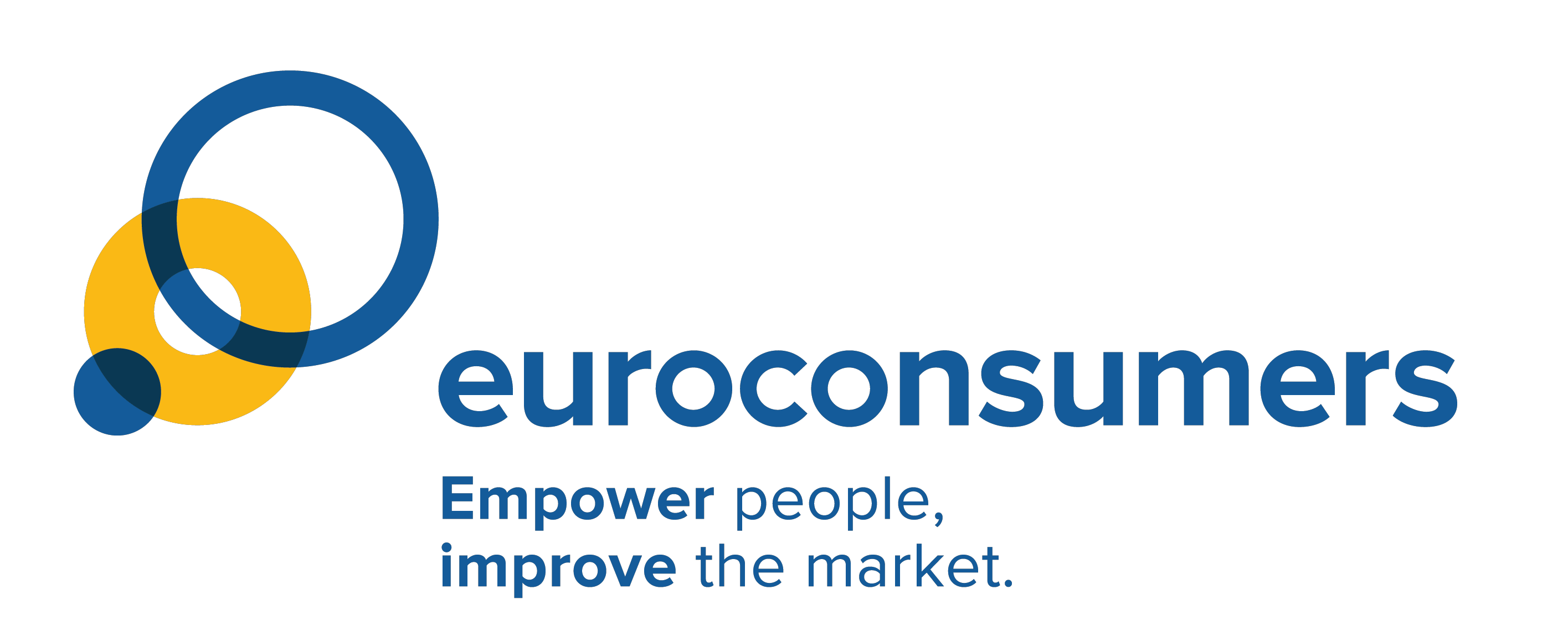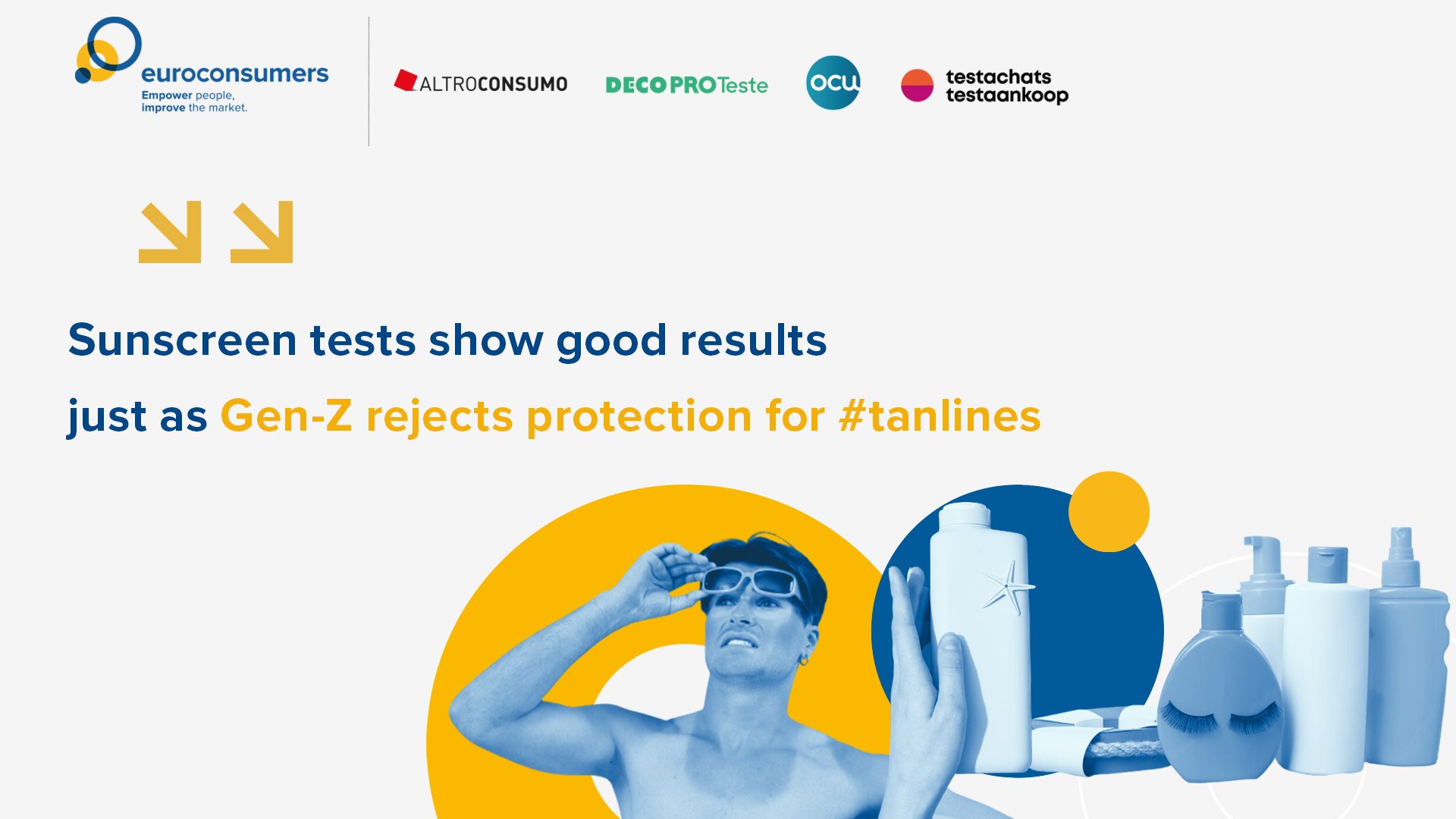
FUTURENZYME: Unlocking enzyme tech for greener consumer products
Find out how innovative enzyme technology can be an accessible, sustainable alternative to toxic chemicals in household products and industry.



As the sun shines strongly this weekend, most people will be looking for a safe, affordable sunscreen to protect them from harmful UV rays and avoid sore, burnt skin.
Each year, Euroconsumers four members in Spain, Italy, Portugal and Belgium run tests on sunscreen products. Each season, as new products come onto the market, more are added to the test batch. Â
Our members’ 2025 sunscreen tests have some good news, of the 44 new sunscreen products tested, only three failed to meet the advertised sun protection factor (SPF).
These results are an improvement on 2024 tests, when several sunscreens did not match the level of protection on the bottle.
The 2025 test batch include facial sunscreens, classic sunscreens creams, spray creams covering SPF30 and SPF 50/50+. Products were chosen from discount ranges in supermarkets to luxury brands in pharmacies.Â
Overall: yes. Amongst the new products added in the test in 2025, only three failed. These were Holland and Barrett’s De Tuinen Lotion SPF30 in Belgium, Lidl’s Cien Sun Cream Kids SPF50+ (Portugal and Spain), Bilboa Coccobello SPF 30 in Italy. Our members have informed their relevant national authorities of this, and have warned consumers about the lower protection these products give.
The good news is that, in general, cosmetics products contain fewer and fewer ingredients classed as ‘not recommended’.
Only three still contained octocrylene, but it looks like finally this problematic UV filter has almost disappeared from the list of sunscreen ingredients.
Finally 8 out 44 products contained fragrance allergens – these are not a problem for most people but children or anyone with sensitive skins should probably avoid them.
Frustratingly for those wanting to reduce waste, the packaging of 24 of the 44 new products are not made from recycled materials, with 11 packaged up with lots of unnecessary cardboard.
Worse still, 31 of the 44 only scored bad and very bad because they contain ingredients that are harmful to the environment: there is a big space for improvement in this area, but we are aware it’s not that easy and we noticed the efforts made by producers year after year.
There was good news on waste and saving money: many products from previous years’ tests still provided effective protection from the sun a year later.
In the lab, a selection of products were subject to simulations of typical use, such as repeated opening, exposure to sunlight and different temperatures and then stored for a year. They were then re-tested after a year to see whether levels of UV protection were affected.
Most of them still performed well after a year in storage, so if you store sun cream in good condition there’s a good chance that the product will still give protection after a year.
5. Is it worth spending more?
A high price doesn’t buy you more protection: the lower cost sunscreens performed as well as the expensive ones, showing as the results do every year that you don’t have to break the bank to buy good sun protection.
Next to the good news about the improved sunscreen market, there is worrying news of a rejection of long standing public health advice on sun exposure and tanning.Â
Devotees of a new TikTok and Instagram #tanlines trend are doing the opposite of protecting their skin, instead choosing to follow influencers who celebrate visible tan lines, reddened skin and exposure to high UVI.
Consumer groups in the southern hemisphere are already onto the dangers of the TikTok #tanlines trend. Now, as the temperature rises in Europe, public health bodies and consumer organisations are getting concerned, particularly for teens and young people who might be more responsive to influencers’ messages – and to ignoring parental advice!
Influencers are relatable, aspirational and often viewed as trustworthy, regardless of whether they are qualified to promote certain behaviours or whether the products they recommend are safe.
 Trends like #tanlines aren’t just a fun fad but outright dangerous – encouraging extreme tanning which can lead to major health risks like skin cancer in the future. It’s about time the upcoming Digital Fairness Act makes sure influencers and the platforms hosting them take more responsibility
Els Bruggeman, Head of Enforcement and Policy, Euroconsumers
Maybe we should return to the bottle for a safer option – using fake tans for bronzing skin or piling on the pink blusher for that ‘sun-kissed’ look without damaging the skin?